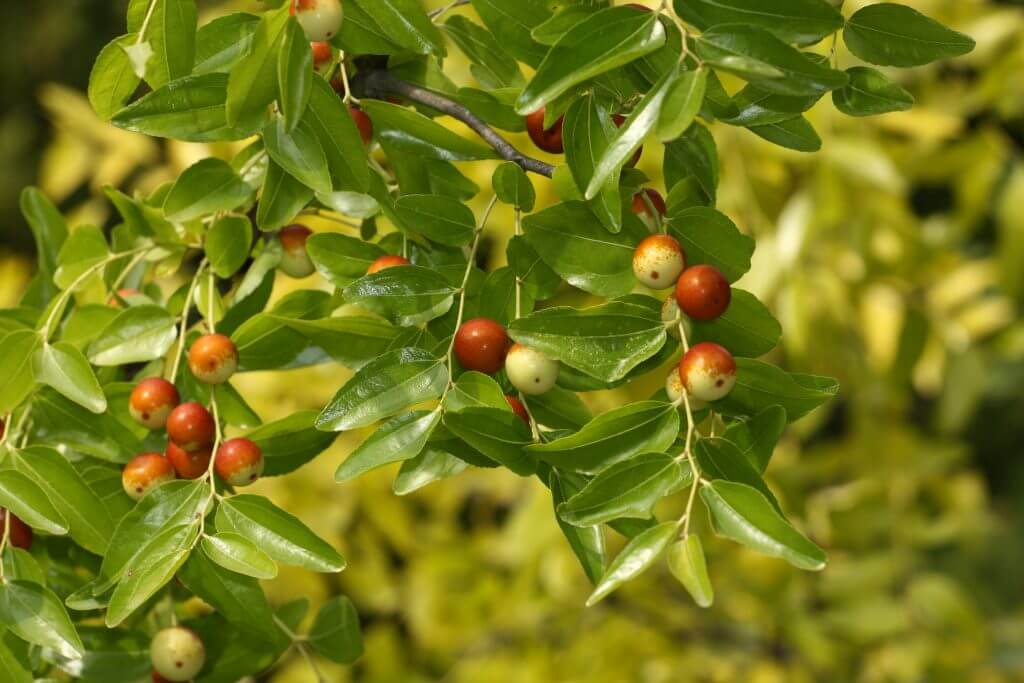Summer and subtropics
One of humanity’s efforts is to push the boundaries of what is possible. Whether it’s space flights or attempts to grow peaches under the Tatras. One of the horticultural or growing directions in this branch of human activity is the cultivation of thermophilic plants. In our conditions, they have a touch of exoticism, imported and enriched from holidays in subtropical countries.
Plants with a touch of exoticism
These are either plants grown for decoration or for fruits, which we encounter in shops, especially in the run-up for Christmas. Olives, fig trees, pomegranaes or laurels or cork oaks come from the subtropical area.
In our botanical garden, we grow these plants in tranches, which are semi-recessed flower beds on the slope, covered with transparent boards with laminate fibers for the winter. It comes from warm areas, especially the Mediterranean, but also California, China, Australia and New Zealand.
Fig tree
Ficus carica – fig tree. Caricus means Latin from Karia, ie originating in Caria, which was one of the parts of the Persian Empire with the capital in the territory of present-day Turkey, from where the famous dried figs were exported. The fig tree itself includes over 800 species, which can be small creeping trees of the Ficus pumila type grown as a houseplant up to large trees several tens of meters high.
It is said to be one of the oldest plants used by man, and mentions of its fruits date back almost 12 000 BC, although at the time they hardly sensed that they contained large amounts of antioxidants and fiber (up to 10 g per 100 g of dried fruit, which is among the known fruits one of the largest quantities).
Growing conditions
We grow fig trees in sunny locations on permeable soils. In the warmer regions of the republic, they breed outdoors and some owners make jam or alcohol from the fruit. If we take the job and cover the fig tree, it can also be tried in areas such as the Bohemian-Moravian Highlands, where it can bear fruit on the south side of the house, provided that we cover it well for the winter. We can wrap the crumbs with a newspaper, tie them around and put a reed mat, bubble wrap or other material around. Someone is covering the caraway with a peat bag. Of course, fig trees can also be grown in a greenhouse or in containers that we take out for the summer.
Fruits
There are two basic groups of fig trees in terms of pollination, which is a relatively complicated matter for this genus. One bears fruit only if it is pollinated in a natural or artificial way. In the wild, fig trees are pollinated by the Blastophaga psenes fly, which does not occur in our country. The second group produces parthenocarpically, ie without the need of pollination. Another issue to consider is the way the fruits are made.
The first fruit set is formed in autumn. It overwinters on twigs in the form of small fry and usually freezes outside. In warmer areas or under cover, it continues to grow in the spring and ripens in the summer. The second fruit set is formed in the spring on this year’s annual shoots. In order for the fruit to ripen, it is necessary to have a variety that is enough to ripen for a smaller number of days. We will not succeed with late varieties.
If it is a warm summer, the unnamed type we have in our collections ripens in Brno. It is also tested in the conditions of Bohemian-Moravian Highlands at 450 m above sea level, where about two years ago a 2,5 meter-long, about six-year-old shrub bore about 2 kg of fruit. In these conditions, it must be covered for the winter. If we do not do so, it will freeze almost to the ground, imagine, but will not have time to bear fruit. The ‘Osbourne Prolific‘, which matured only in the long, warm summer, seemed to be suitable under the same conditions.
In the warmer areas of the republic, from the Bojkovice area or below, the yellow-fruited cultivar Northland breeds well, which in Brno is barely able to ripen in the warmest years, leaning against a concrete hot wall.
You can find a very well monitored occurance of fig trees in the Czech republic and their cultivation at www.fikovniky.com.

